Introduction
The mining industry has been a cornerstone of human civilization for centuries, providing essential materials for construction, technology, and daily life. However, traditional mining processes have often been associated with high operational costs, safety hazards, and environmental concerns. With the rise of Artificial Intelligence (AI), mining operations are now undergoing a major transformation, making them smarter, safer, and more sustainable.
AI-driven technologies are being integrated into various aspects of mining, from exploration and drilling to processing and safety management. By leveraging machine learning, predictive analytics, and automation, AI is revolutionizing the way minerals are extracted, processed, and utilized. This article explores how AI is reshaping the mining sector, its benefits, challenges, and what the future holds.
AI in Mineral Exploration
Finding new mineral deposits is a complex and costly process that often involves drilling, geological surveys, and satellite imaging. AI is improving this process by analyzing massive datasets and predicting where valuable minerals are most likely to be found.
1. AI-Powered Geological Mapping
AI can process geological data from satellites, drones, and underground sensors to identify potential mining sites with high accuracy. Machine learning algorithms analyze rock compositions, detect patterns, and suggest locations where valuable minerals may exist.
- Example: Mining companies use AI-driven satellite imaging to detect mineral-rich areas, reducing the need for costly exploratory drilling.
2. Predictive Analytics for Resource Estimation
AI models can estimate the quantity and quality of minerals in a given area, allowing mining companies to plan more efficient extraction strategies. This prevents unnecessary excavation and minimizes waste.
- Example: Machine learning algorithms analyze historical data to predict the concentration of gold, copper, or other minerals in a mining site.
AI in Drilling and Extraction
Mining operations require heavy machinery and precise drilling to extract valuable resources efficiently. AI-driven automation is making these processes safer and more productive.
3. Autonomous Drilling Systems
AI-powered drilling machines can operate with minimal human intervention, reducing labor costs and improving accuracy. These smart drills adjust their techniques in real time based on rock hardness and mineral composition.
- Example: Rio Tinto, a global mining company, uses autonomous drilling rigs controlled by AI to increase efficiency in iron ore extraction.
4. Smart Blasting Techniques
AI algorithms analyze rock structures and determine the optimal way to use explosives for breaking down ore while minimizing environmental impact and safety risks.
- Example: AI-powered blasting solutions reduce vibration and dust emissions, improving both safety and sustainability.
AI in Mineral Processing
Once minerals are extracted, they need to be processed and refined. AI helps optimize these processes, reducing waste and increasing the efficiency of mineral separation.
5. Automated Sorting and Classification
AI-powered vision systems analyze raw materials and separate valuable minerals from waste rock with high precision. This improves recovery rates and reduces processing costs.
- Example: Companies use AI-driven conveyor belt scanners to detect and sort high-quality ores from low-grade materials.
6. Process Optimization and Energy Efficiency
AI continuously monitors mineral processing plants, adjusting parameters to maximize efficiency and reduce energy consumption.
- Example: AI-based predictive maintenance systems prevent machinery breakdowns, reducing downtime and operational costs.
AI in Safety and Risk Management
Mining is one of the most dangerous industries in the world, with risks ranging from tunnel collapses to toxic gas exposure. AI is playing a crucial role in enhancing safety and protecting workers.
7. AI-Powered Hazard Detection
AI-driven sensors and computer vision systems monitor mining sites for signs of danger, such as unstable rock formations, gas leaks, or equipment failures.
- Example: AI-powered drones survey underground mines, detecting structural weaknesses before they become a threat.
8. Wearable AI for Worker Safety
Smart helmets and vests equipped with AI-driven sensors monitor workers’ health, detecting signs of fatigue, heat stress, or exposure to hazardous gases.
- Example: Mining companies use AI-assisted wearables to send real-time alerts to workers and supervisors in case of danger.
AI in Environmental Sustainability
Mining has long been criticized for its environmental impact. AI is helping reduce pollution, energy consumption, and water usage, making mining more sustainable.
9. AI for Water and Waste Management
AI monitors water usage in mining operations and suggests ways to reduce waste. It also helps in managing mine tailings (waste materials) to prevent environmental damage.
- Example: AI-powered filtration systems recycle water used in mining, reducing the industry’s overall water consumption.
10. Reducing Carbon Footprint with AI
AI-driven energy management systems optimize fuel consumption, switch to renewable energy sources, and track carbon emissions in real time.
- Example: AI-based smart grids help mines transition to solar or wind energy, lowering their carbon footprint.
Challenges of AI in Mining
Despite its many benefits, AI adoption in mining faces certain challenges:
- High Initial Costs: Implementing AI technology requires significant investment in infrastructure and training.
- Data Limitations: AI relies on quality data, and some mines lack the necessary digital records.
- Cybersecurity Risks: Automated mining operations are vulnerable to cyber threats and hacking.
- Resistance to Change: Many traditional mining companies are slow to adopt AI due to fear of job losses and lack of technical expertise.
The Future of AI in Mining
The mining industry will continue to embrace AI, leading to even greater advancements:
11. AI-Powered Space Mining
As companies explore the possibility of mining asteroids and the Moon, AI will play a crucial role in autonomous space mining operations.
- Example: NASA is developing AI systems to assist in extracting minerals from asteroids.
12. Fully Autonomous Mines
Future mines may operate with minimal human presence, using AI-driven robots, autonomous vehicles, and smart sensors to handle everything from drilling to transportation.
- Example: Some mines in Australia are already experimenting with AI-powered autonomous trucks for ore transport.
13. AI-Driven Supply Chain Optimization
AI will help mining companies streamline logistics, improve inventory management, and ensure efficient distribution of minerals.
- Example: AI algorithms predict demand for metals and optimize supply chain routes for faster delivery.
Conclusion
Artificial Intelligence is revolutionizing the mining industry, making it more efficient, safer, and environmentally sustainable. From exploration and extraction to processing and safety management, AI-powered solutions are driving innovation at every stage.
While challenges remain, the future of AI in mining looks promising, with advancements in automation, data analytics, and sustainability paving the way for a smarter and more responsible mining industry. As AI technology continues to evolve, its impact on mining will only grow, ensuring a balance between industrial progress and environmental responsibility.
Mining companies that embrace AI today will be at the forefront of a new era of intelligent resource extraction, setting the stage for a more sustainable and technologically advanced industry.
Would you like any additional modifications or improvements to this article?
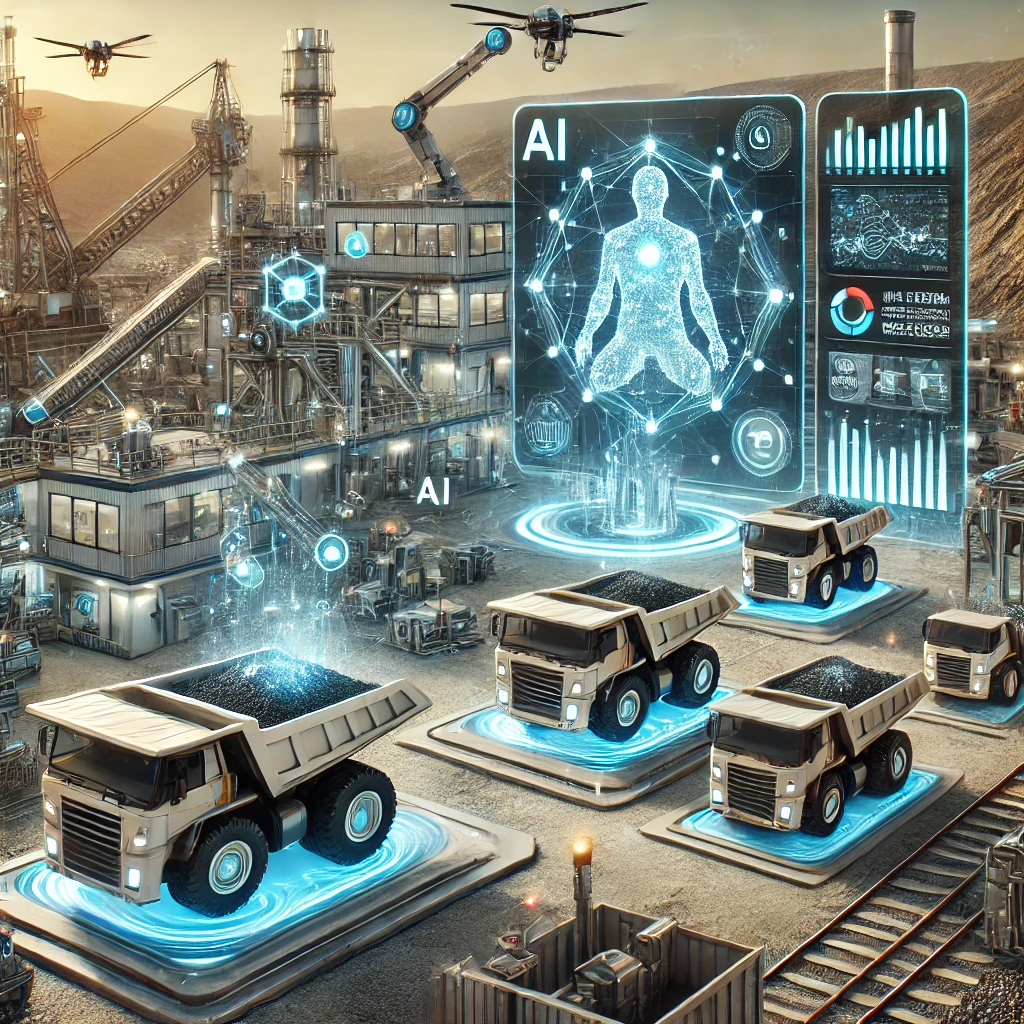
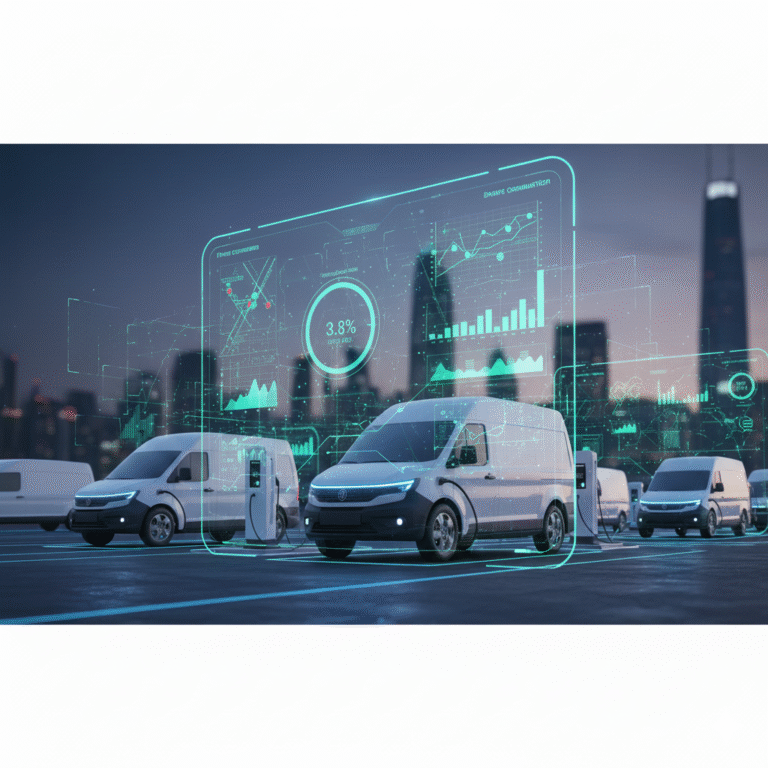
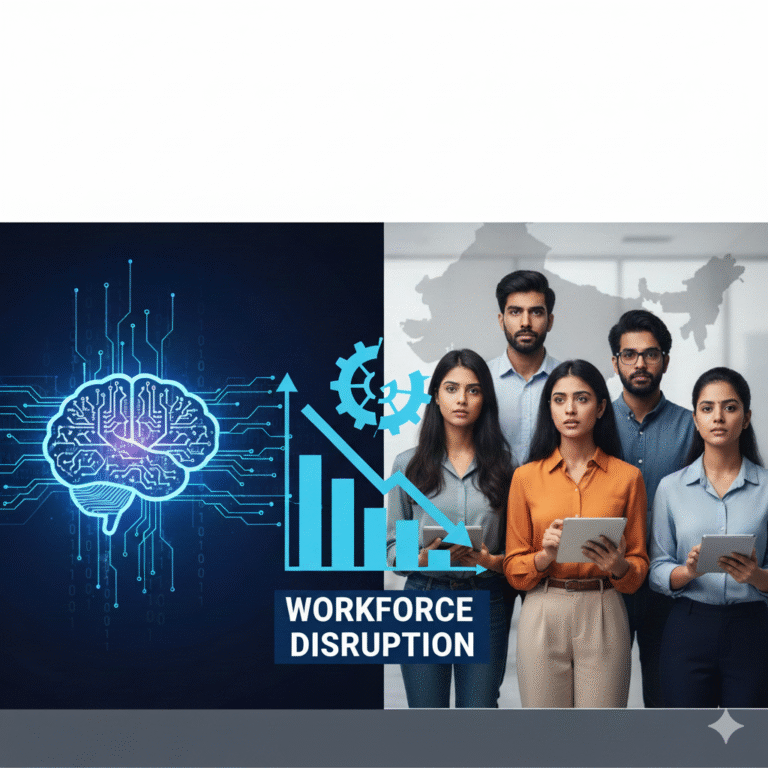
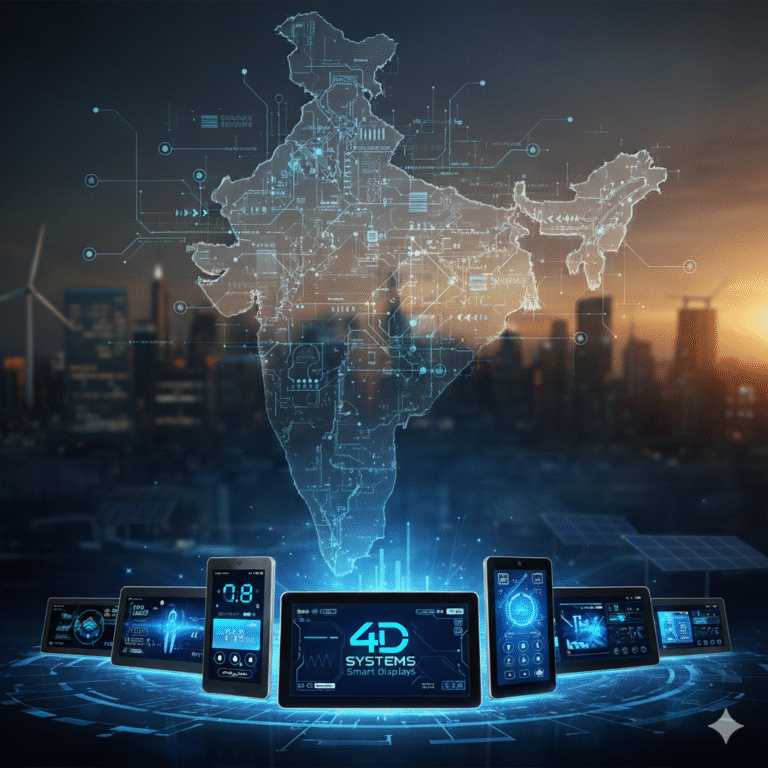

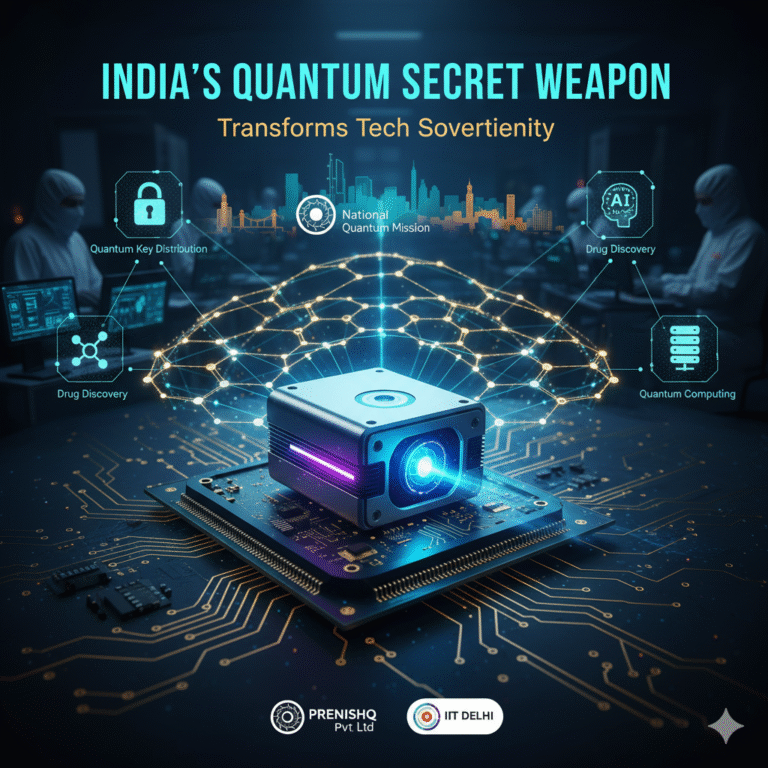


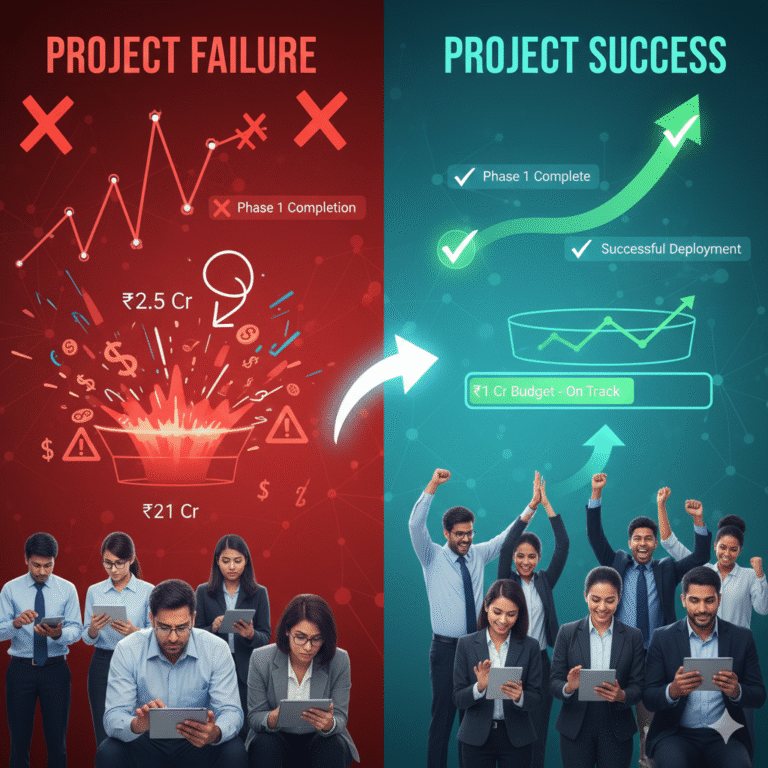
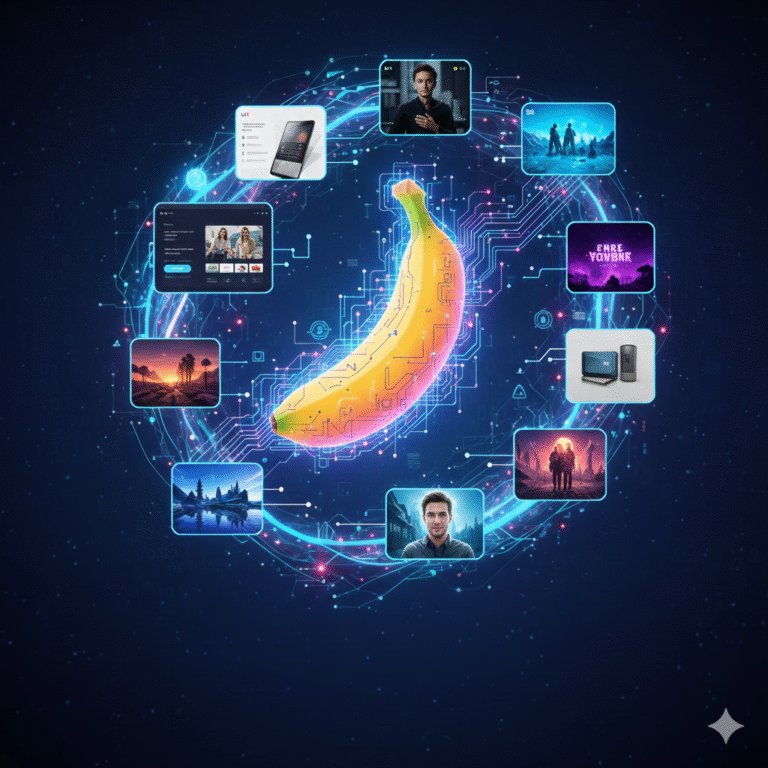
+ There are no comments
Add yours